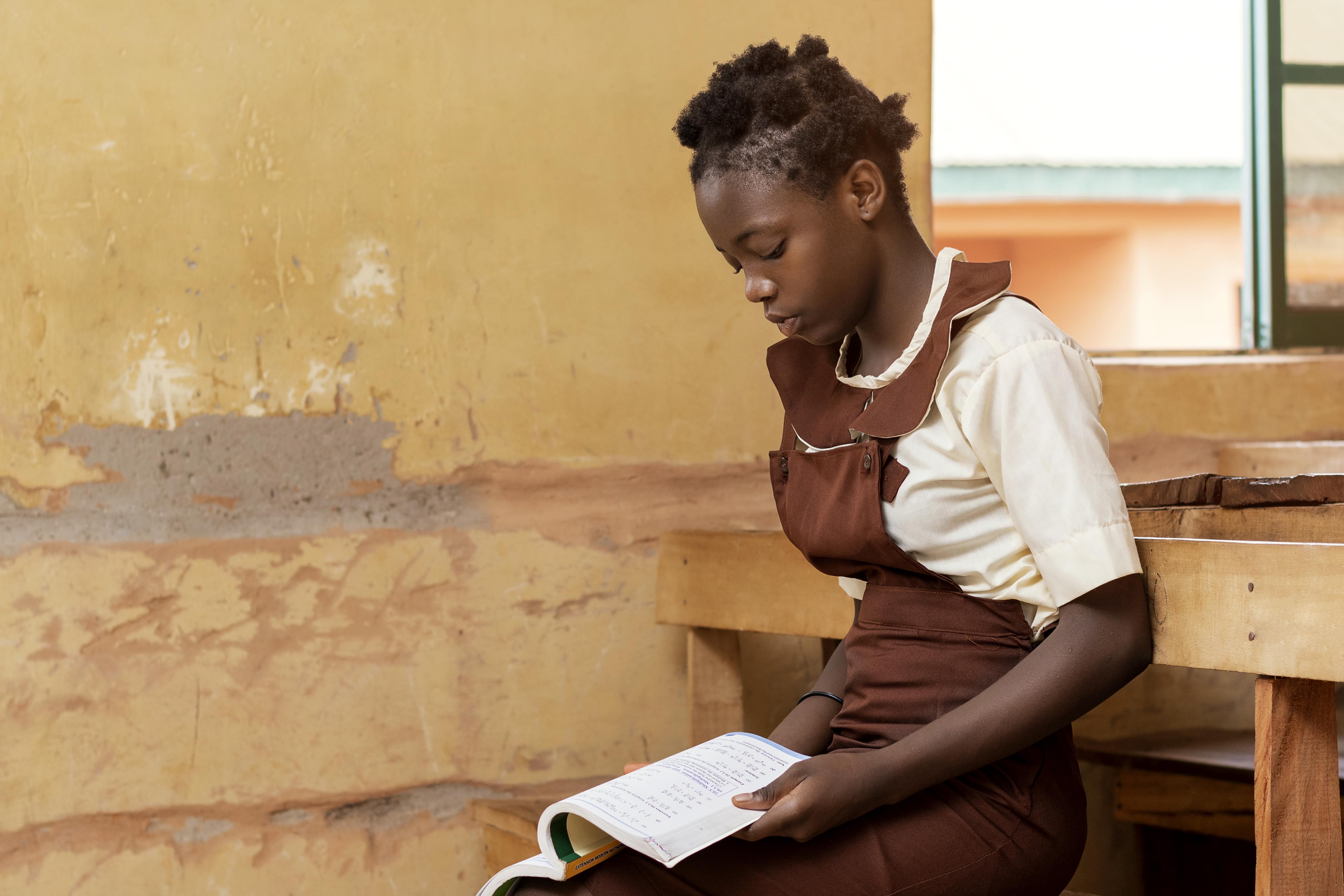
We completed the first phase of the Summative Evaluation of the UN Joint Programme on Girls Education. The evaluation was jointly commissioned by participating UN agencies include the World Food Programme (WFP), United Nations Population Fund (UNFP) and the government of Malawi while United Nations Children's Fund (UNICEF) spearheaded the project.
The main purpose of this inception phase was to agree with the Evaluation Reference Group and JPGE (Joint Programme on Girls Education) participating UN agencies on evaluation design and methods. This was based on a process set to understand the programme design and implementation in greater depth and the interests of key stakeholders from the evaluation. An inception meeting was held with representatives from
all three participating UN agencies. Follow-up interviews were held with various individuals in all three participating UN agencies with the main objective of understanding the design and implementation of agency-specific components; understanding the evolution of the programme design and implementation between the three phases since 2014; mapping stakeholders for each outcome (from school to national level); and clarify the Terms of Reference (ToR).
The evaluation team also reviewed a wide range of documents of the programme, and the Education Management Information System (EMIS) datasets for the period 2014-2023, as Muthengo Development Solutions we have used the information to conduct an evaluability assessment of the programme. The scope and design of the evaluation from the MDS’ proposal, with key findings from the inception processes that have influenced a review of the evaluation design include the need to reflect interventions of the participating UN agencies fully. The availability of EMIS data for the required period; and the need to undertake a learner survey to ascertain learner-level outcomes and the contribution of the programme to those outcomes. The result is an extended qualitative and quantitative survey that evaluates in-detail the program's interventions, and a learner survey nested in the school survey (the original plan was only to undertake a head of school survey and draw data from school records).

